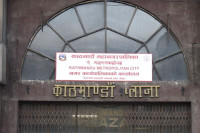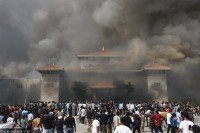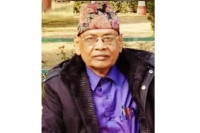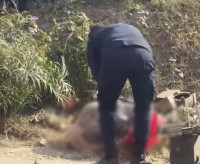Valley
Risk of Bagmati sanitation being undone persists
Every Saturday people from different walks of life have been gathering at different parts of Bagmati River for over 200 weeks to clean the holy river-a campaign which has earned accolades.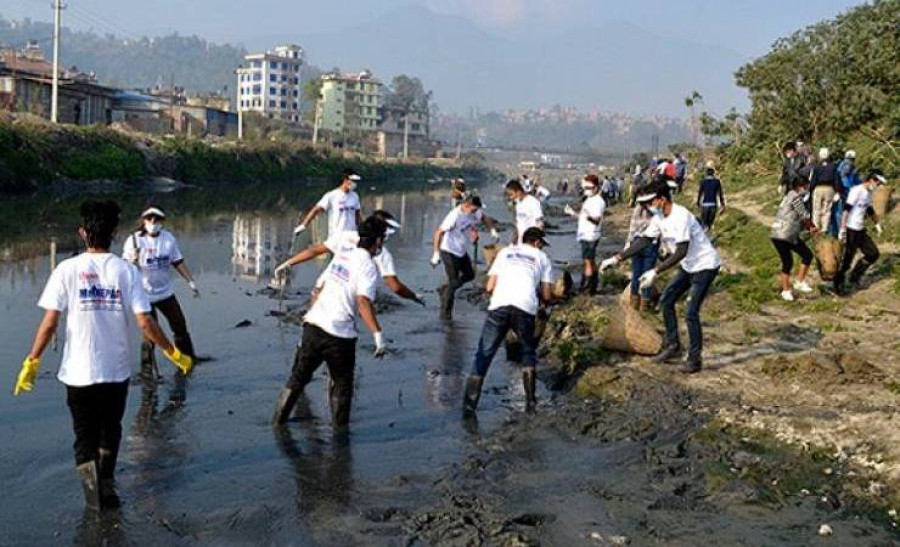
Anup Ojha
Every Saturday people from different walks of life have been gathering at different parts of Bagmati River for over 200 weeks to clean the holy river-a campaign which has earned accolades. What members of public, officials from different government and non-government agencies, police, Army and other organisations have been doing on a weekly basis is extracting solid waste from the holy river, which is polluted beyond imagination.
But what the High Powered Committee for Integrated Development of the Bagmati Civilisation (HPCIDBC), a joint initiation of citizens and government, has found recently comes as a startling revelation.
The HPCIDBC last seek nabbed Bipin Dhungana for dumping faecal waste collected from Kathmandu households into the river near Gaurighat. When the committee probed Dhungana, it came to know about other people as well, who also like Dhungana were involved in “the business of collecting faecal waste from city households and dumping it into the river”, making the ongoing efforts to clean Bagmati go down the chute. The committee believes the number of such people could be very high.
Dhungana has been “in this business” for over 15 years, according to Rajesh Prasad Shah, director of the Bagmati River Basin Improvement Project. “We have come to know about 18 other people who are involved in dumping human waste into the river,” he said.
Officials attribute the problem to lack of proper sewage system. A 2011 study conducted by the HPCIDBC in association with UN-Habitat showed that 30 percent (around 68,000) of Kathmandu households had septic tanks.
When these septic tanks are filled, the waste has to be managed somewhere. In general, such septic tanks have to be cleared every three-four years, according to experts. At this point people like Dhungana come into play.
It is learnt that such sludge collecting tankers charge Rs 5,000 to 7,000 for clearing septic tanks.
Human waste management needs utmost care, said Yogendra Chitrakar, a senior divisional engineer at the HPCIDBC. “If not treated properly, this could pose great health hazard,” he added, laying stress on finding a proper mechanism to manage human waste as soon as possible.
Kathmandu does not have a proper faecal sludge treatment plant. The Kathmandu Metropolitan City had established a septage treatment facility in Teku in 1998. But it has not been functional since 2005 “due to some technical problems”.
A research shows that due to lack of such treatment facilities, over 95 percent of raw sewage flows into Kathmandu rivers.
Rabin Man Shrestha, chief of the Environment Management Division of the KMC, said, “We are serious about the problem and we will work in coordination with the HPCIDBC, the agency in-charge of finding a solution.”




 12.12°C Kathmandu
12.12°C Kathmandu.jpg)

